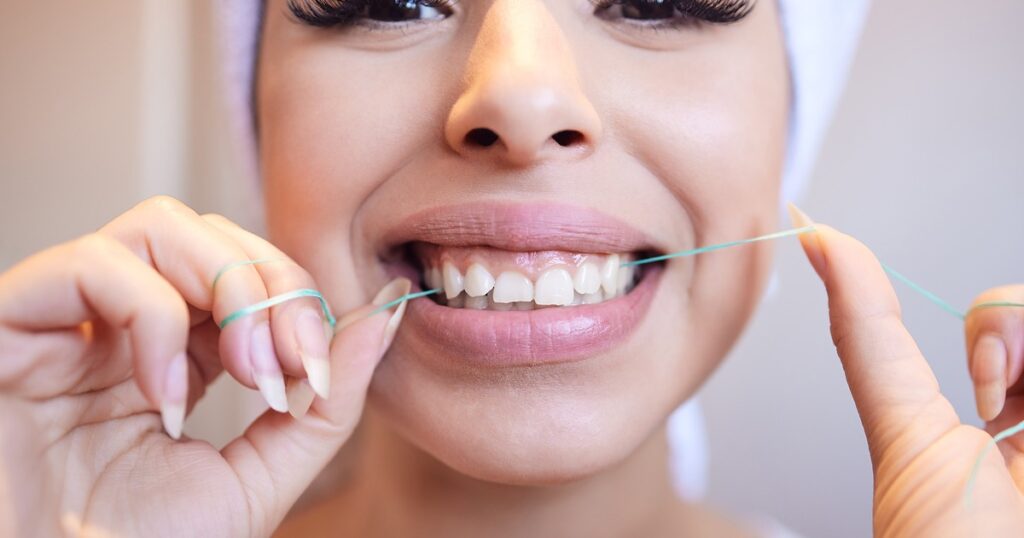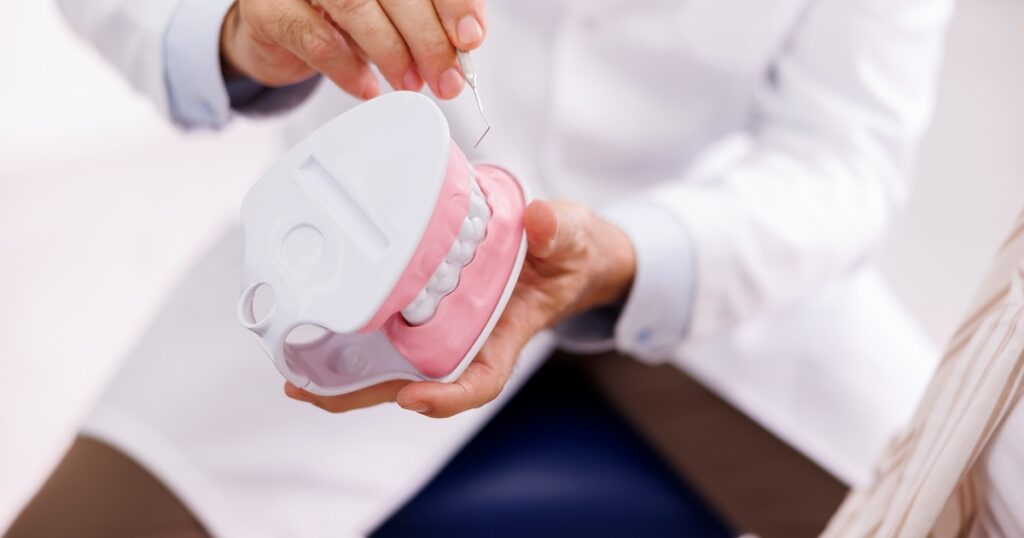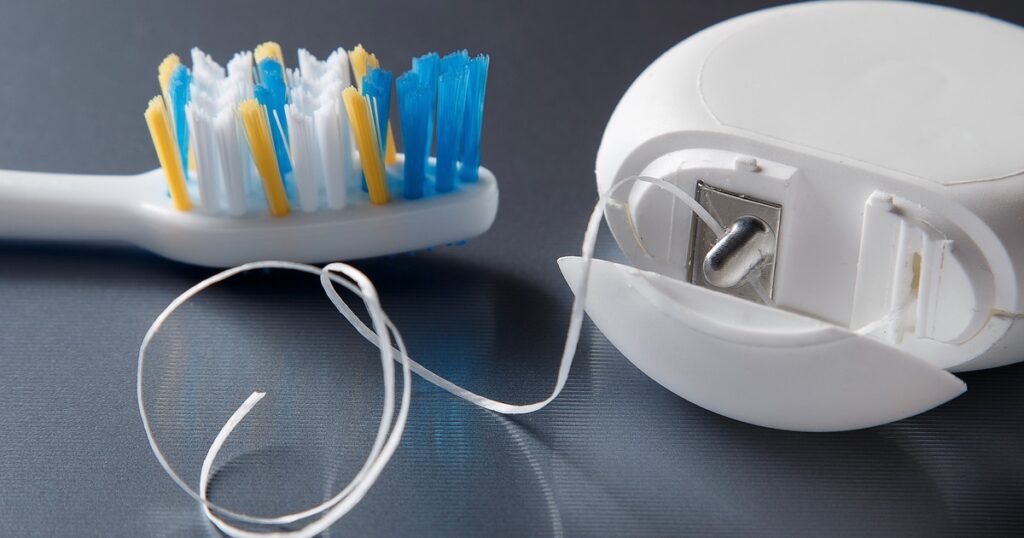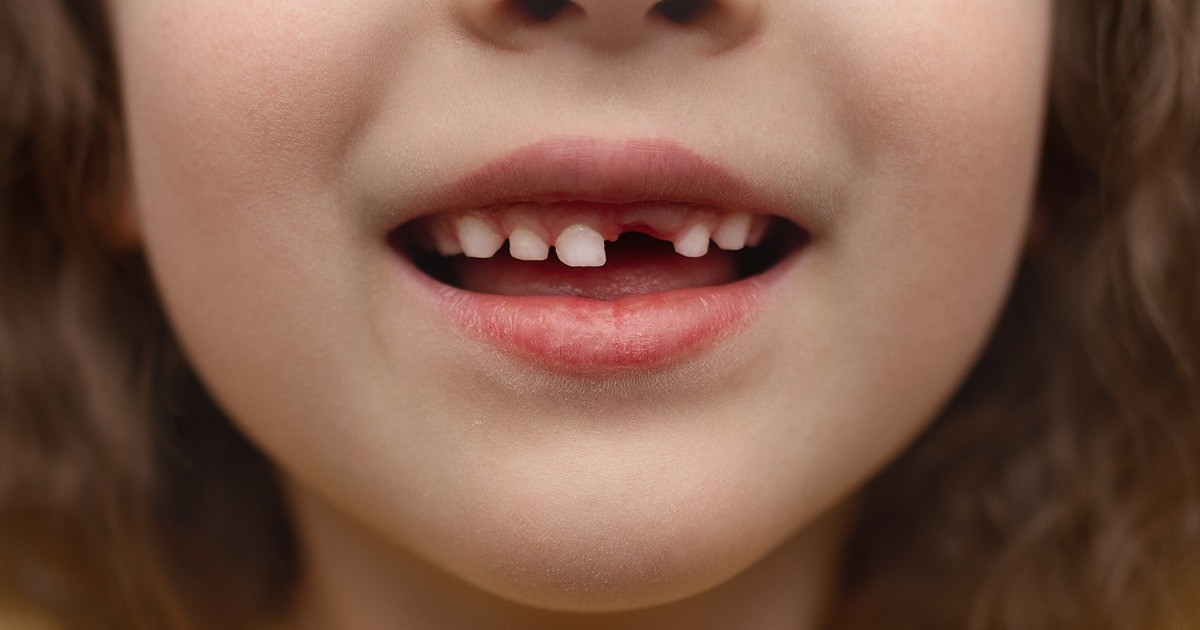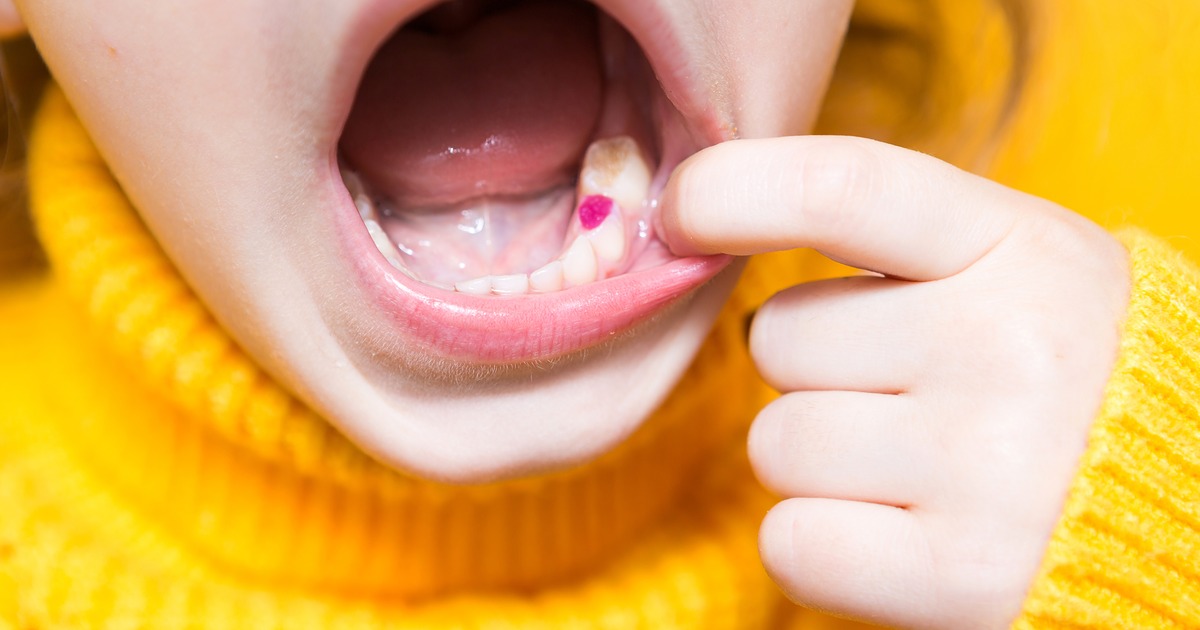Kids’ Teeth & Molar Eruption Guide: Tooth Charts, Ages & What Parents Should Know

Watching your child’s teeth grow and change is a major milestone in their development. From the very first baby tooth to the arrival of permanent molars, every stage is important for healthy smiles. Many parents wonder:
-
When do kids get molars?
-
Are 6-year molars permanent?
-
Do 4- or 5-year-olds get molars?
-
When do second molars come in?
This guide will walk you through kids’ teeth development, including primary tooth charts, secondary tooth eruption, molars by age, and what to expect at every stage. For parents looking for quick answers, the Complete Teeth Age Chart helps explain when molars arrive. To keep those new teeth healthy, don’t miss the guide on Childhood Tooth Decay: Causes & Prevention.
🍼 Primary Teeth (Baby Teeth) Chart
Most children start teething around 6 months, and by age 3, they usually have all 20 primary teeth.
Primary tooth eruption chart:
-
Central incisors: 6–12 months
-
Lateral incisors: 9–16 months
-
Canines (cuspids): 16–23 months
-
First molars (baby molars): 13–19 months
-
Second molars: 23–33 months
These baby molars are temporary, but they help kids chew and also hold space for permanent teeth.
😬 Secondary Teeth (Permanent Teeth) Chart
Permanent teeth begin to appear around age 6, starting with the first permanent molars. By adulthood, most people have 32 permanent teeth (including wisdom teeth).
Secondary tooth eruption chart:
-
First molars (6-year molars): 6–7 years
-
Central incisors: 6–8 years
-
Lateral incisors: 7–9 years
-
Canines: 9–12 years
-
First premolars: 10–12 years
-
Second premolars: 11–13 years
-
Second molars (12-year molars): 11–13 years
-
Third molars (wisdom teeth): 17–25 years
🦷 Are 6-Year Molars Permanent?
Yes ✅. The 6-year molars are the first permanent molars. They erupt behind the last baby teeth and do not replace any primary teeth. These teeth are crucial because they set the foundation for your child’s bite.
👶 Do 4-Year-Olds Get Molars?
No ❌. By age 4, most children already have their full set of 20 baby teeth, including the second primary molars. There are no new teeth that typically erupt at this age.
👦 5-Year Molars — Myth or Fact?
Parents often search for “5-year molars,” but in reality, there is no such stage. At age 5, kids usually still have their primary molars. The 6-year permanent molars are the next stage, coming around age 6–7.
👧 What Age Do You Get Molars?
Molars come in different stages:
-
Baby molars: 13–33 months (primary)
-
6-year molars: 6–7 years (first permanent molars)
-
10-year molars: Usually refers to premolars coming in around 10–12 years
-
12-year molars (second permanent molars): 11–13 years
-
Wisdom teeth (third molars): 17–25 years
📊 Lose Teeth Chart (Shedding Baby Teeth)
Children typically begin losing baby teeth around age 6, with the process continuing until age 12–13.
Baby teeth loss timeline:
-
Incisors: 6–9 years
-
Canines: 9–12 years
-
First molars: 9–11 years
-
Second molars: 10–12 years
🔎 When Does the Second Molar Come In?
The second permanent molars (often called 12-year molars) usually erupt between 11–13 years old. These are important for chewing and completing the permanent set of teeth (before wisdom teeth).
🧑⚕️ 10-Year Molars – What Are They?
Parents often hear about “10-year molars,” but this usually refers to the premolars (bicuspids) that erupt between 10–12 years. These teeth replace the baby molars.
🦷 Twelve-Year Molars
The 12-year molars are the second permanent molars that erupt at the back of the mouth around ages 11–13. They are permanent teeth and very important for jaw alignment.
🧠 FAQs on Kids’ Teeth & Molars
Q1: Are 6-year molars permanent or baby teeth?
A: They are permanent and do not replace baby teeth.
Q2: What’s the difference between 5-year molars and 6-year molars?
A: There are no true 5-year molars. The first permanent molars erupt around age 6.
Q3: How can I help my child with molar pain?
A: Gentle gum massage, cold washcloths, and child-safe pain relievers (as recommended by a pediatric dentist).
Q4: What age do kids get their second molars?
A: Between 11–13 years old (called 12-year molars).
📝 Final Takeaway
👉 Kids’ teeth follow a predictable pattern, but timing can vary slightly. Knowing the primary tooth chart, permanent tooth eruption stages, and molar development helps parents support their child’s dental health.
-
4–5 years old: No new molars.
-
6 years old: First permanent molars appear.
-
10–12 years old: Premolars and second molars erupt.
-
12 years old: 12-year molars arrive.
Regular dental checkups, brushing, and flossing are key to keeping these new molars healthy for life.



